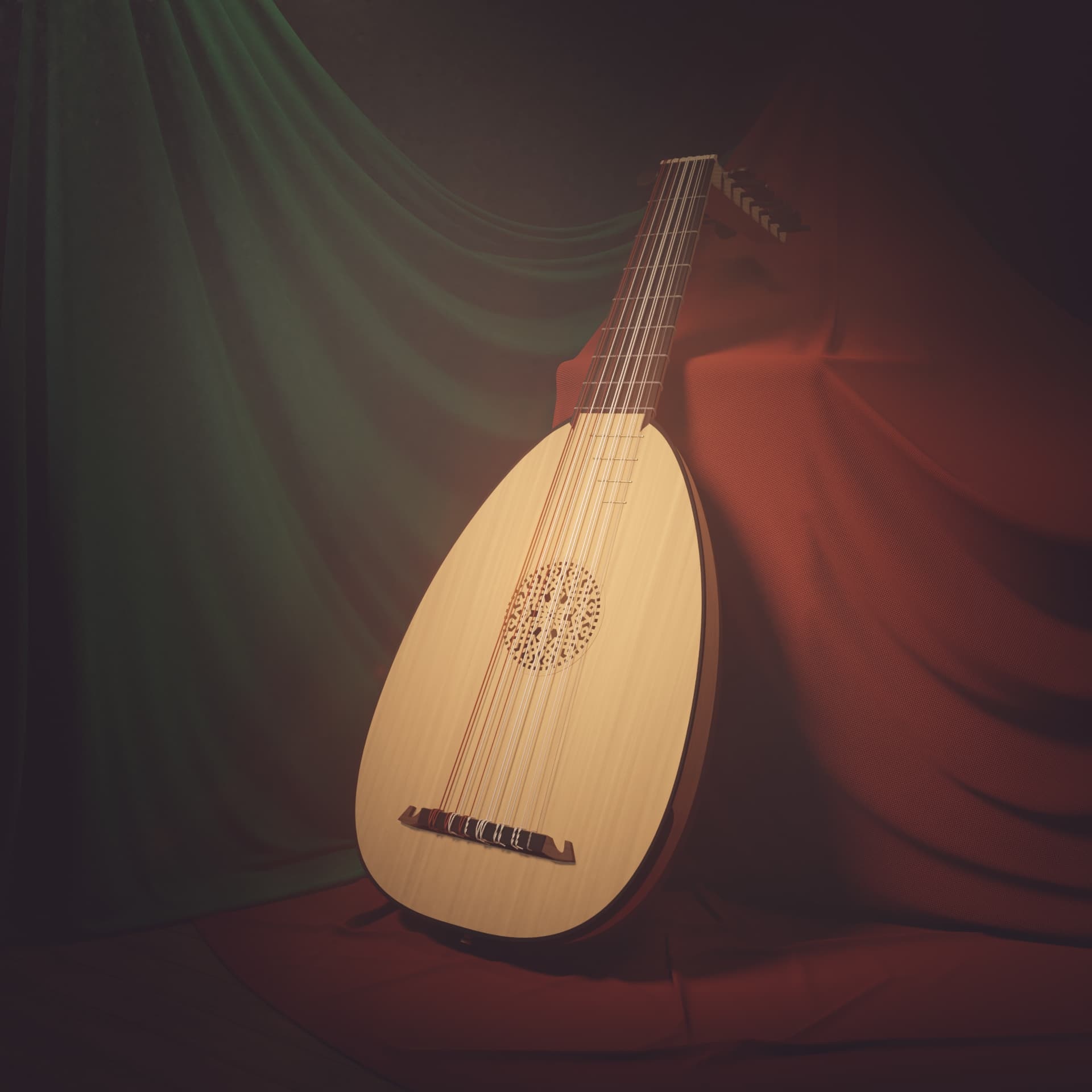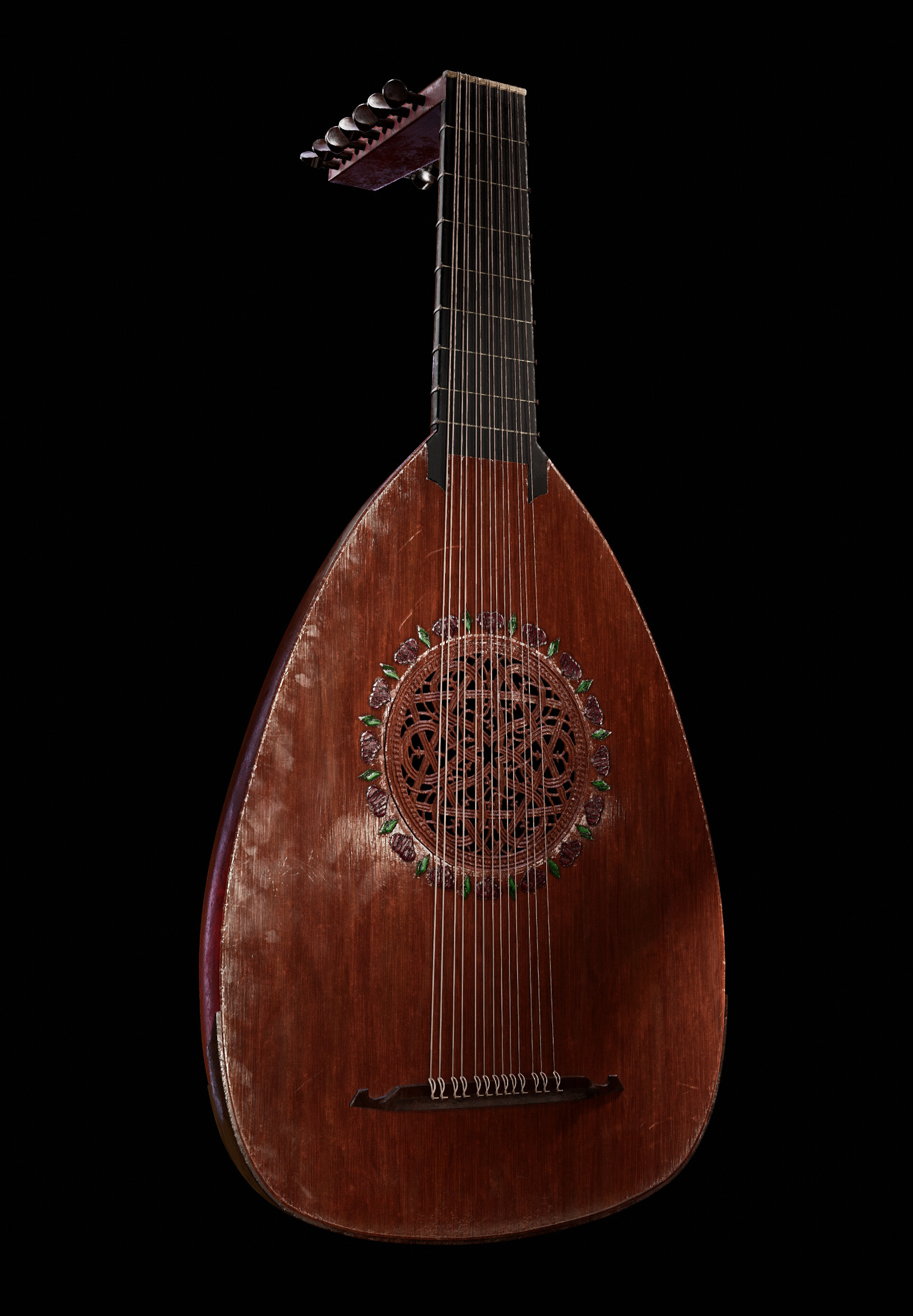Fake Lute: The Growing Phenomenon That's Shaking Up The Music World
Have you ever stumbled upon a "lute" that just feels... off? Like, it's supposed to be this ancient, majestic stringed instrument, but something about it doesn't quite add up? Well, my friend, you might have encountered what experts call a "fake lute." In today's world of mass production and counterfeit goods, even the most sacred musical instruments aren't safe from imitation. But what exactly is a fake lute, and why should music lovers care?
This isn't just about some random guy carving a wooden piece and calling it a lute. We're talking about an industry that's worth millions, where replicas are sold as authentic historical instruments. And guess what? Many buyers have no idea they're being duped until it's too late. So, buckle up, because we're diving deep into the world of fake lutes, uncovering the secrets behind this shady business, and helping you spot the real deal from the phonies.
Now, before we get into the nitty-gritty, let me make one thing crystal clear: this article isn't here to scare you off from buying lutes altogether. Instead, it's all about empowerment—giving you the knowledge and tools to navigate the tricky waters of musical instrument authenticity. Whether you're a seasoned collector or just someone who appreciates the beauty of a well-crafted lute, this is the guide for you.
- Mastering Conversation Orientation The Key To Building Meaningful Connections
- Tretro Bowl Unblocked The Ultimate Guide To Retro Gaming Fun
What Exactly Is a Fake Lute?
Let's start with the basics, shall we? A fake lute is essentially a counterfeit version of the real thing. It could be made from inferior materials, lack the craftsmanship of a genuine lute, or even be a modern reproduction marketed as an antique. The problem is, these fakes can be incredibly convincing, especially to someone who doesn't know what to look for. And with prices ranging from a few hundred bucks to thousands of dollars, falling victim to a fake lute scam can be a costly mistake.
How Do Fake Lutes End Up in the Market?
There are several ways fake lutes find their way into the hands of unsuspecting buyers. Some are mass-produced in factories, churned out by the dozen with little regard for quality or authenticity. Others are crafted by skilled artisans who intentionally create replicas designed to fool even the most discerning collector. And then there are those poor souls who unknowingly pass off a damaged or incomplete lute as an original, simply because they don't know any better.
The History of the Lute and Its Importance
To truly understand the impact of fake lutes, we need to take a step back and appreciate the rich history of the genuine article. The lute has been around for centuries, tracing its roots back to ancient civilizations like the Egyptians and Persians. Over time, it evolved into the iconic instrument we know today, beloved by composers, musicians, and collectors alike. Its intricate design and melodic sound make it a treasure trove of musical history, which is why preserving its authenticity is so crucial.
- Bili Blanco The Ultimate Guide To The Rising Stars Career Life And Influence
- Infinity Dance Connection Where Passion Meets Rhythm
Why Are Lutes So Valuable?
Here's the thing: lutes aren't just musical instruments—they're works of art. Each one is painstakingly crafted, often using rare woods and traditional techniques that have been passed down through generations. This level of craftsmanship, combined with their historical significance, makes lutes highly sought-after by collectors and musicians. And where there's demand, there's always someone ready to exploit it with fake lutes.
Spotting a Fake Lute: What to Look For
Now that we've established what a fake lute is and why they exist, let's talk about how you can avoid getting scammed. There are several key indicators that can help you distinguish between a genuine lute and a counterfeit. Pay close attention to the following:
- Material Quality: Real lutes are made from high-quality wood, often sourced from specific regions known for their acoustic properties. If the wood feels cheap or has an inconsistent finish, it could be a red flag.
- Workmanship: A well-made lute will have precise joinery, smooth edges, and no visible flaws. If you notice rough patches or unevenness, it might be a sign of a fake.
- Sound Quality: This one's a bit trickier, but if you have the opportunity to play the lute, listen carefully to its tone. A genuine lute should produce a rich, resonant sound. If it sounds off or lacks depth, it could be a counterfeit.
- Provenance: Always ask for documentation that verifies the lute's origin and history. Reputable sellers will be happy to provide this information. If they hesitate or can't produce it, proceed with caution.
Buying a Lute: Tips for Avoiding Fakes
So, you've decided to take the plunge and buy a lute. Great! But how do you ensure you're getting the real deal? Here are a few tips to help you navigate the process:
Do Your Research
Knowledge is power, my friend. Before you even start shopping, educate yourself about lutes. Learn about their history, construction, and common features. The more you know, the better equipped you'll be to spot a fake when you see one.
Buy from Reputable Sources
Not all sellers are created equal. Stick with established dealers who have a proven track record of selling authentic lutes. If you're buying online, read reviews and check the seller's ratings. And whatever you do, avoid sketchy auction sites or individuals offering "too-good-to-be-true" deals.
Get a Professional Opinion
If you're serious about purchasing a lute, consider hiring a professional appraiser to inspect it. They'll be able to spot any red flags you might have missed and provide you with peace of mind.
The Impact of Fake Lutes on the Market
The rise of fake lutes isn't just affecting individual buyers—it's having a ripple effect on the entire market. As more counterfeit instruments flood the market, it becomes increasingly difficult for legitimate sellers to compete. This not only drives up prices for authentic lutes but also undermines the trust between buyers and sellers. It's a vicious cycle that needs to be addressed if we want to preserve the integrity of this cherished instrument.
How Can We Combat the Problem?
Fighting the fake lute epidemic requires a collective effort from everyone involved. Sellers need to be more transparent about the origins of their instruments, while buyers must educate themselves and exercise caution. Additionally, governments and industry organizations can play a role by implementing stricter regulations and enforcement measures.
Famous Cases of Fake Lute Scams
Over the years, there have been several high-profile cases of fake lute scams that have made headlines. One such case involved a renowned collector who spent thousands on what he believed to be a rare Renaissance lute, only to discover it was a modern replica. Another involved a well-known auction house that unknowingly sold counterfeit lutes to unsuspecting buyers. These stories serve as a stark reminder of the importance of vigilance when purchasing musical instruments.
Lessons Learned from These Cases
What can we learn from these unfortunate incidents? First and foremost, always question the authenticity of an instrument, no matter how reputable the seller seems. Secondly, don't let emotions cloud your judgment—just because a lute looks beautiful or has an impressive backstory doesn't mean it's the real deal. And finally, never underestimate the value of a second opinion from a trusted expert.
The Future of Lute Authenticity
As technology continues to evolve, so too do the methods used to detect fake lutes. Advances in forensic analysis, digital imaging, and even artificial intelligence are making it easier than ever to verify the authenticity of musical instruments. While these tools offer hope for a more transparent market, they also come with their own set of challenges and limitations.
Challenges in Detecting Fake Lutes
Despite these advancements, detecting fake lutes remains a complex task. Many counterfeiters are becoming increasingly sophisticated in their techniques, making it harder to distinguish between the real and the fake. Additionally, the sheer volume of instruments on the market makes it nearly impossible to inspect every single one.
Conclusion: Protecting the Legacy of the Lute
As we've explored throughout this article, the issue of fake lutes is a serious one that affects everyone from casual buyers to seasoned collectors. But by arming ourselves with knowledge and taking proactive steps to ensure authenticity, we can help preserve the legacy of this incredible instrument. So, whether you're shopping for a lute or simply appreciating its beauty, remember to always question, investigate, and verify.
And now, it's your turn. Have you ever encountered a fake lute or know someone who has? Share your story in the comments below and let's continue the conversation. Together, we can make a difference in the world of musical instruments.
Table of Contents
- What Exactly Is a Fake Lute?
- The History of the Lute and Its Importance
- Spotting a Fake Lute: What to Look For
- Buying a Lute: Tips for Avoiding Fakes
- The Impact of Fake Lutes on the Market
- Famous Cases of Fake Lute Scams
- The Future of Lute Authenticity
- Challenges in Detecting Fake Lutes
- Conclusion: Protecting the Legacy of the Lute



Detail Author:
- Name : Korey Ruecker MD
- Username : morton44
- Email : yschmidt@yahoo.com
- Birthdate : 1980-08-02
- Address : 800 Gorczany Meadow South Bessieview, LA 96965-7120
- Phone : +1 (352) 851-2431
- Company : Armstrong-Hermann
- Job : Irradiated-Fuel Handler
- Bio : Et itaque sed eum asperiores sed et. Aut enim omnis sunt facere. Quis ratione impedit esse deleniti.
Socials
tiktok:
- url : https://tiktok.com/@claudine_dev
- username : claudine_dev
- bio : Consequatur dolor voluptas voluptas aut. Ex alias voluptas et eveniet sequi.
- followers : 6443
- following : 202
twitter:
- url : https://twitter.com/claudine_xx
- username : claudine_xx
- bio : Ut deserunt quae necessitatibus eos et aliquid possimus. Sit labore voluptate officiis inventore blanditiis.
- followers : 2261
- following : 1207
instagram:
- url : https://instagram.com/claudine498
- username : claudine498
- bio : Accusamus cumque nobis pariatur quas voluptas nobis. Aut id vel ea sed ullam consequatur.
- followers : 3260
- following : 2311
linkedin:
- url : https://linkedin.com/in/claudine_crist
- username : claudine_crist
- bio : Sed placeat et nobis animi explicabo temporibus.
- followers : 1673
- following : 1538
facebook:
- url : https://facebook.com/claudine_real
- username : claudine_real
- bio : Qui laborum non dolorum adipisci error dicta libero error.
- followers : 6583
- following : 2702